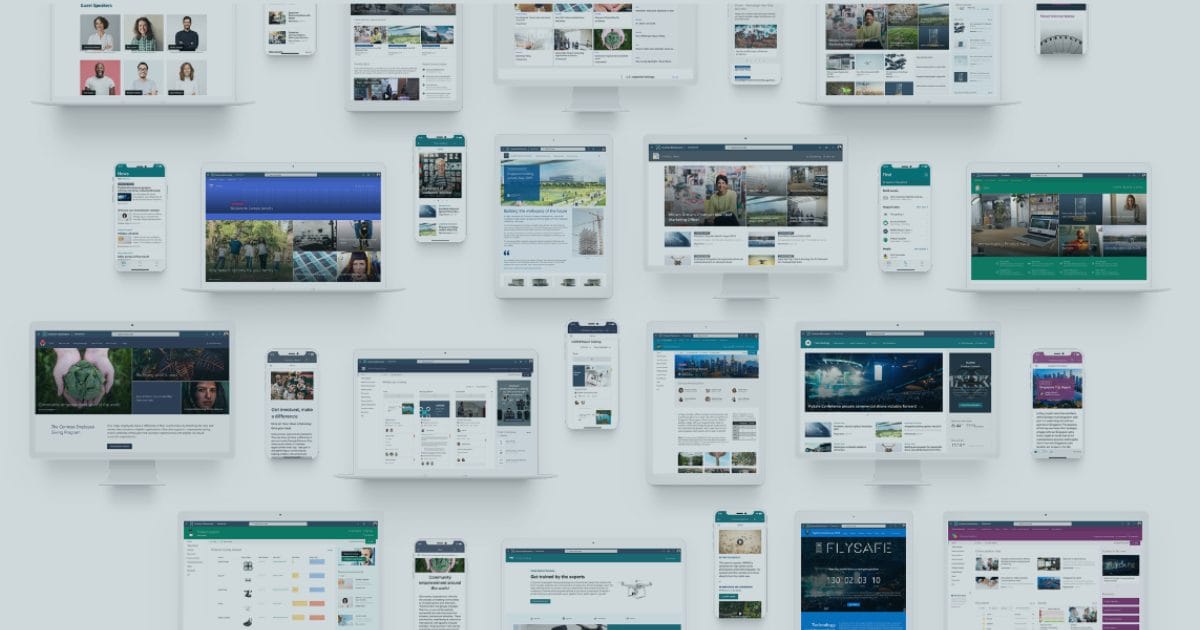Creating a plan to adapt to InfoPath end of life can be stressful, and it is important to consider the time, costs, and resources you could spend while developing a strategy to replace Microsoft InfoPath’s services. For many businesses, InfoPath forms have been a vital service for capturing and sharing all types of information, extracting data from employees, customers, and vendors. As Microsoft InfoPath is discontinued, businesses are now faced with the challenge of replacing this user-friendly tool.
What is Microsoft InfoPath?
Since it was launched in 2003, Microsoft InfoPath has been an industry leader in providing businesses around the world a simple and efficient way of collecting, managing, and sharing industry-specific information. InfoPath forms provide a coded form template that can be filled out by any stakeholder. The service is flexible in nature and can be used internally (e.g. filling out expense reports, inventory management, purchase orders, etc.) and also externally (e.g. market research, client applications, etc.).
With InfoPath end of life, this tool will no longer be supported and updated by Microsoft; this has forced businesses to replace the InfoPath forms they once depended on in their operations, along with the large collection of data yielded from InfoPath forms.
Three Options in Response to InfoPath End of Life
For organizations faced with a decision of how else to capture and share information before InfoPath end of life, there are three main options:
1. Like InfoPath, the Form is End of Life
This is the simplest, easiest option to consider with InfoPath end of life. Essentially, businesses should view this as an opportunity to re-consider the necessity of their InfoPath forms, and forms in general. If the form is no longer needed, or if there is another way to capture the necessary information, then you can simply remove the form from your operations.
Although this is the simplest option, many businesses do not have the luxury of sunsetting vital forms without the loss of significant data and/or operational efficiency.
2. Maintain Use of the Unsupported InfoPath Form
After InfoPath end of life, many organizations might find it easier to overlook the fact that InfoPath is no longer supported by Microsoft and continue to use the form as they did before. Although this option seems simple at first, the use of an unsupported InfoPath carries the risk of security and/or reliability issues and bugs that can no longer be fixed; this could lead to detrimental outcomes for businesses and their data.
3. Rebuild or Convert the Form on Another Platform
This is by far the safest and most efficient solution for businesses that must continue the use of their forms after InfoPath end of life. This will guarantee that the vital form will continue to be used on a supported platform for maintained security and reliability.
But this leads to a final question: What platform should you choose to replace InfoPath end of life?
The Benefits of a Form Conversion Over a Form Rebuild
Businesses replacing InfoPath end of life may be tempted to rebuild every individual form from scratch on another platform. As you could expect, this can be a complicated, time-consuming task for businesses with many vital InfoPath forms.
There are tools that provide automated conversion of InfoPath forms. Solutions like Nintex K2 forms have advanced technology consisting of image recognition software with complex algorithms to ensure a seamless conversion from InfoPath forms to a new and easy-to-use digital form.
The benefits of this automated form conversion include:
- Conversion Saves Time: Rather than rebuilding every individual InfoPath form, automated conversion is a quick and simple way to transfer your forms to a new platform within minutes.
- Conversion Saves Resources: Along with the time spent rebuilding each individual form comes the time that your employees are tied up recreating these forms. Automated conversion ensures your employees are free, maximizing efficiency while adapting to InfoPath end of life.
- Conversion Saves Money: Last but not least, automated conversion costs less money than rebuilding InfoPath forms on another platform. This conversion provides a seamless transition away from InfoPath end of life while ultimately benefitting your bottom line.
As a Nintex Premier Partner, Elantis can help you with any questions, concerns, and challenges you may have about InfoPath end of life. We recommend you register for this webinar on how to migrate your InfoPath Forms to Nintex K2 Forms to learn more.
As always, you are welcome to contact us to speak with one of our specialists.

























